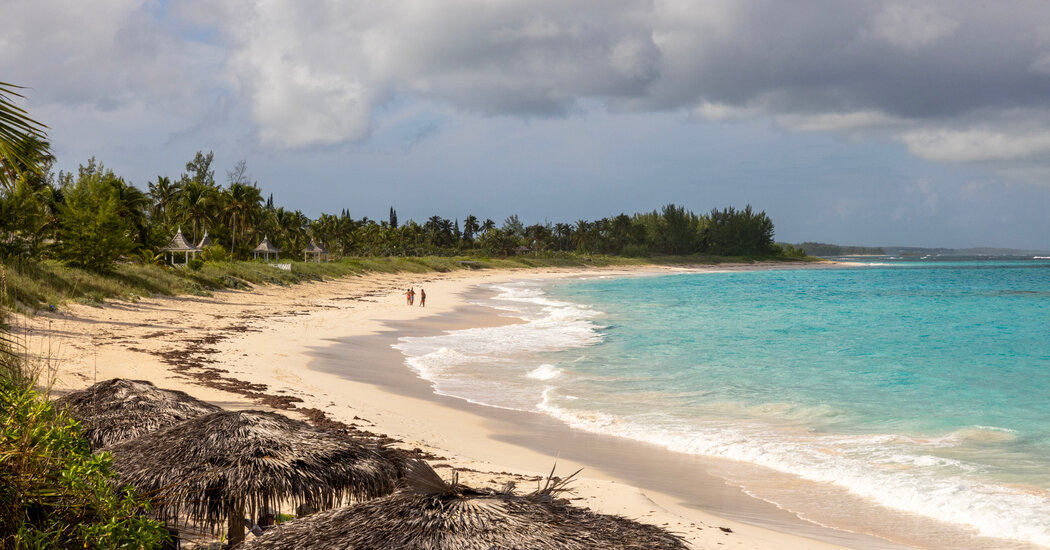Twin Coves, on the Atlantic Ocean side of the narrow, finger-shaped Bahamian island of Eleuthera, is a gorgeous spot: Two crescent-shaped, pink-sand beaches free of crowds, with calm waters protected from heavy waves by offshore sandbars.
But the real magic emerges when you walk into the crystal-clear sea.
Just beneath the surface, a large outcropping of coral reef hosts an insane array of tropical fish — tens of thousands of them, darting back and forth, some going solo, others in giant schools swimming in unison, all wary but accepting of snorkeling newcomers.
Floating over this aquatic wonder, with two daughters sloshing excitedly nearby, I was reminded again of the extraordinariness of Eleuthera — an island unknown to most travelers who head to the region, even though it is only 70 miles east of Nassau, the capital of the Bahamas.
Eleuthera boasts miles of mostly empty beaches, meandering walking trails, turquoise ocean waters and other natural wonders, but no major resorts or high-end shopping. It is 110 miles long, but in most parts, Eleuthera is not even a mile wide. With just 10,000 residents, it does not have a single traffic light.
My family and I have visited different islands in the Caribbean over two decades now, avoiding major crowds by targeting spots — like Vieques in Puerto Rico, St. John in the U.S. Virgin Islands, or Virgin Gorda of the British Virgin Islands — that you cannot reach from a direct commercial flight from most of North America.
Rugged and unspoiled, Eleuthera is perhaps the most disconnected of all these places, which is why we like it so much.
Pineapples thrived; resorts did not
The island has a fascinating history, with its first European settlers, seeking religious independence, arriving in the 1640s. They named the spot Eleuthera, a Greek derivative of the word “freedom,” and established on the island’s western shores the port settlement of Governor’s Harbour, which is still marked by hillside colonial homes and white picket fences.
In the 1800s, the island became one of the world’s top producers of pineapple and a small number of pineapple farms remain, while the annual Pineapple festival in North Eleuthera is held each June.
American tourists began arriving in the 1950s, when Juan Tripp, the founder of Pan American World Airways built a resort he called the Cotton Bay Club, which soon went belly up.
A series of similar resorts were built and failed, explaining why the island still to this day has never turned…
Click Here to Read the Full Original Article at NYT > Travel…
